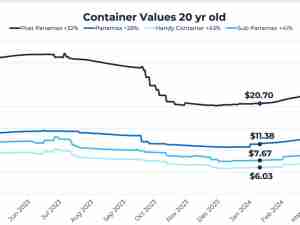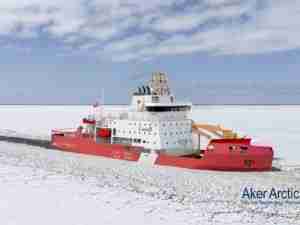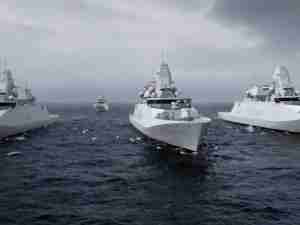London - De Nora, a market leading supplier of electrochlorination equipment, confirmed that submission for United States Coastguard (USCG) type approval for its BALPURE ballast water treatment system (BWTS) was made shortly after completion of testing late in 2017. Independently verified by Lloyd’s Register, the results of all shipboard, land-based, and environmental testing, plus documentation, engineering design and final drawings associated with De Nora BALPURE are with the USCG.
Don Stephen, Managing Director, De Nora Water Technologies UK commented: “Submission for USCG type-approval illustrates De Nora’s ongoing, long-term commitment to the marine industry. As a global, multi-national with 90 years’ pedigree, De Nora has the scale and solidity to endure any bumps in the road to enforcement of the Ballast Water Management Convention. Working in conjunction with our partner, Lloyd’s Register and – in the early stages – with consultant, Jad Mouawad, we have every confidence that BALPURE will achieve USCG type-approval and look forward to announcing that key landmark in due course.
"We look forward to working with new customers on the road to compliance, as well as continuing to work side by side with the large fleet of ships already actively ballasting and deballasting with De Nora BALPURE technology.”
Completed in November 2017, the shipboard testing of De Nora BALPURE was conducted on a US-flagged Aframax tanker operating on the west coast of the United States in the regulated waters of California and Alaska. The tanker is in normal trading and has been ballasting and deballasting with the BALPURE system on a regular basis.
De Nora has over 90 years’ expertise in electrolytic disinfection and BALPURE has been previously identified by the US EPA Science Advisory Board (SAB) as one of three systems that demonstrated the ability to meet a standard 10 times more stringent than the IMO D-2 standard. Previously certified under the USCG Alternative Management System (AMS), De Nora is the originator and patent holder of electrochlorination disinfection of ballast water through the slipstream method. This method means that only 0.5% to 1% of the water entering the ballast line needs to be channelled into the treatment system. The hypochlorite used to treat the water is created in the slipstream and is then introduced to the full volume of ballast water, offering an effective solution for ships with large ballast tanks and high pumping rates.








